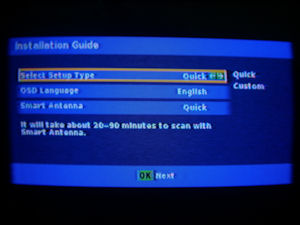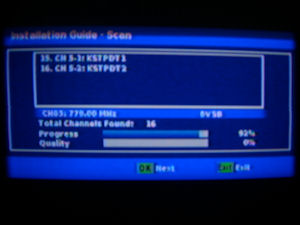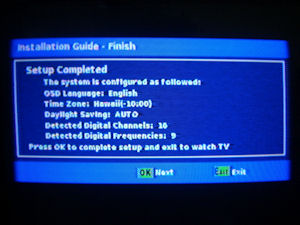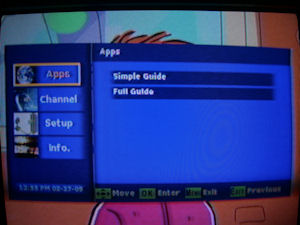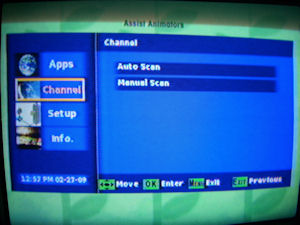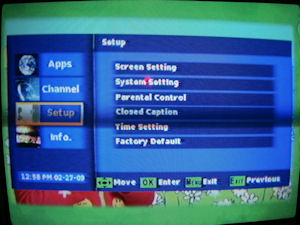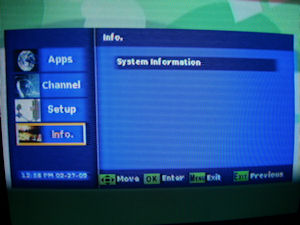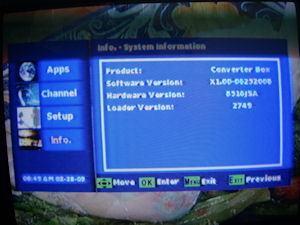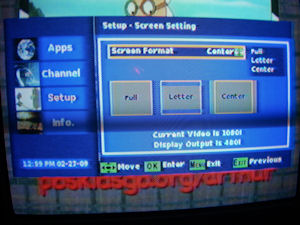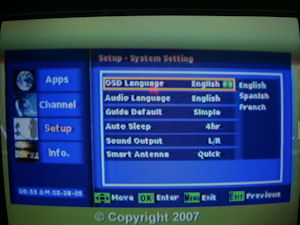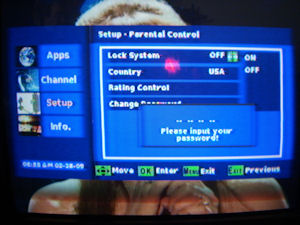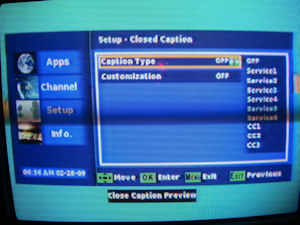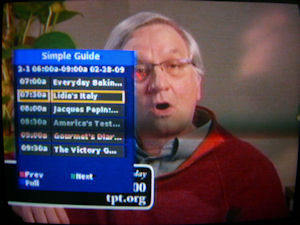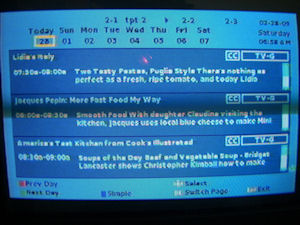GE Analog to Digital converter
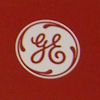
| The digital TV changeover is coming. It’s been delayed a bit, but the train is coming down the tracks. In order to be prepared for the inevitable, today we are going to see how the analog to digital converter box from GE fits our needs. |
INTRODUCTION
As you’ve most likely heard by now, broadcast television in the US is changing over from analog to all digital. Any television for sale today should include a digital tuner that can pick up these broadcast signals, however, older sets only have analog tuners. For those that wish to continue to use their current analog televisions, the U.S. government has offered a rebate program on the purchase of an analog to digital converter box. Today we are going to look at one of the eligible Coupon Eligible Converter Boxes (CECB) from GE.
Specifications
For your viewing pleasure, we start off with a video of the unboxing of the converter box.
Here are some of the key features to compare among analog to digital converter boxes:
- Analog Passthrough: NO
- Smart Antenna interface: YES
- Coax out: YES
- RCA out: YES
- Svideo out: NO
- S/PDIF out: NO
- EPG: YES
- Remote Control included: YES
- RCA cable included: NO
Setup and Configuration
Setup is pretty simple. The feed that originally would be connected to your antenna should now be connected to the antenna input on the converter box, and you can use the supplied coax to connect the converter box to the antenna input of the television. Optionally, you can use an RCA cable to connect the converter box to the television. This may give you a slightly clearer picture but the necessary cable is not included.
Editors note: I apologize in advance for the quality of the following screenshots. Taking photographs of a television is not simple.
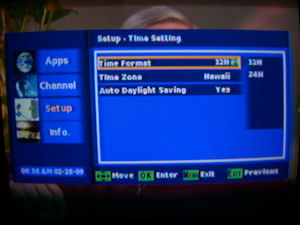 |
|
|
The Time Setting menu allows you to choose the format to |
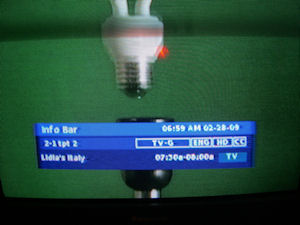 |
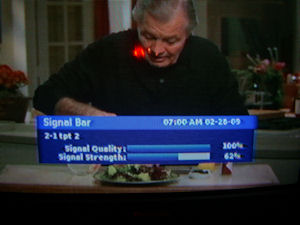 |
| Pressing the Info button on the remote brings up this display which shows you the time and date, what channel you’re watching, the rating of the show, the title of the show, and what time it is airing at. |
Pressing the Signal button on the remote brings up this |
Conclusion
CONCLUSION
As I’m sure the rest of you agree, I’m looking forward to the completion of the digital changeover happening in the United States. At that point, most of use will be able to continue with our normal lives and the few problem areas can be worked out as necessary. In order to help things move along smoothly, GE has created a nice unit to handle your digital changeover needs. With regards to performance, the unit was able to pick up all of the stations in my area with little difficulty even though I was using my antenna indoors in my basement. The unit itself is small and unobtrusive. The shape is rather nice, being a wave instead of a standard box. Thermally the unit stayed nice and cool. There are perforations across the entire body allowing quite a bit of airflow as long as there is airflow in the area that the box is sitting. The unit does not use any fans and as such is completely silent so it will not affect the viewing atmosphere of your living room.
PROS
- Smart antenna connection
- Elegant body shape
- Silent operation
CONS
- No analog passthrough
- Remote does not control the TV
Overall, I feel that this is a unit that you can’t go wrong with. The menu system is fairly basic providing all of the features you would need and not much else. Setup is easy allowing you to be up and running in minutes. I have no problem recommending this converter box to you if you’re on the fence.
As always, please feel free to leave a comment in our forums.

